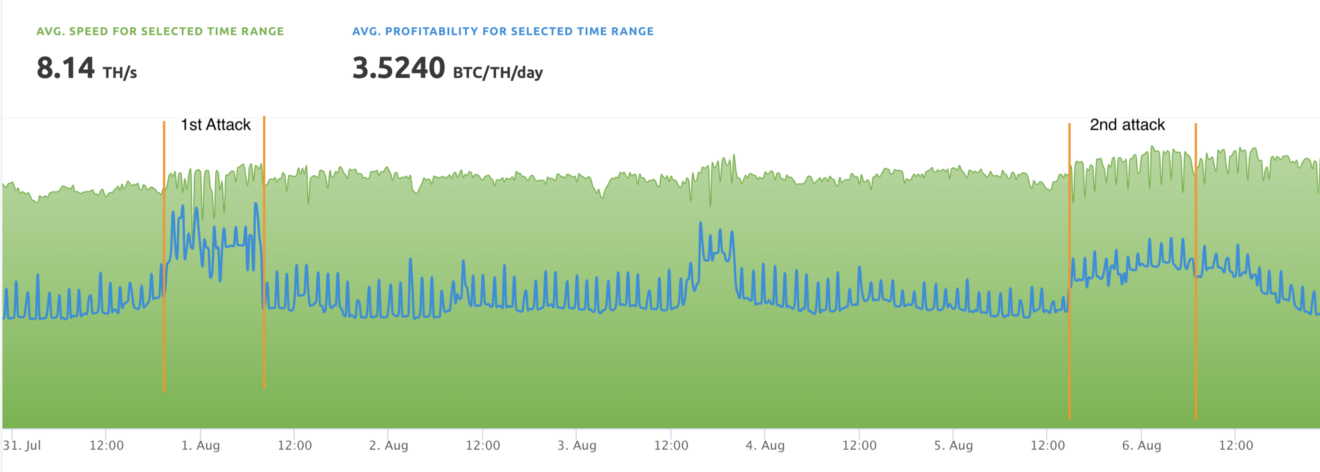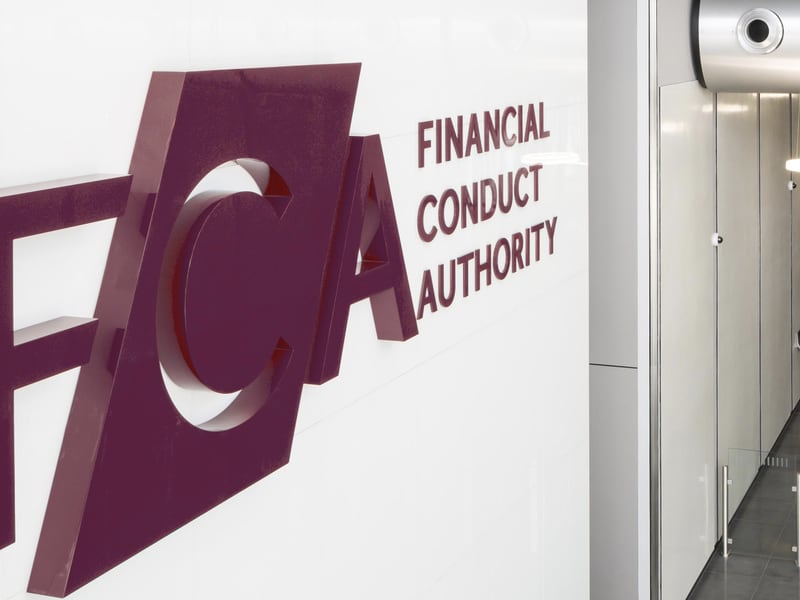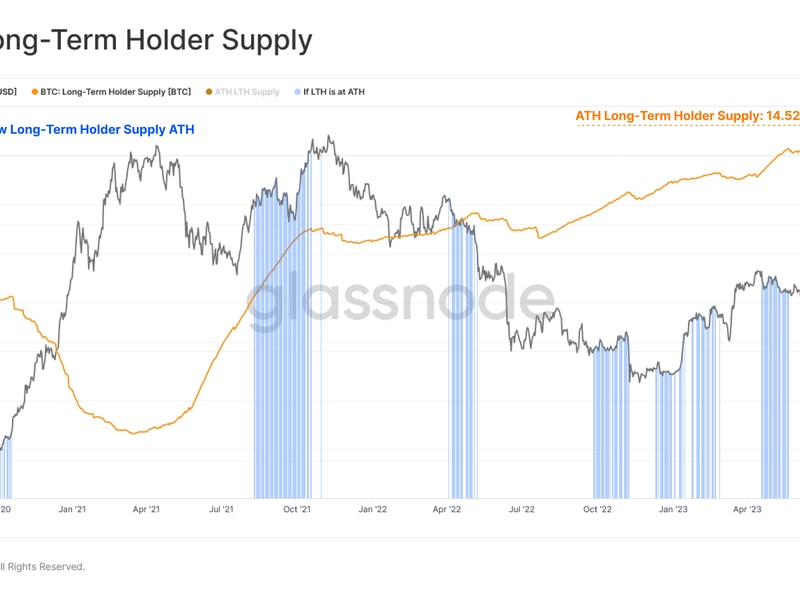APIs Will Decentralize CBDCs
Carmelle Cadet is the founder and CEO of EMTECH, a fintech for central banks, and a former IBM Global Finance & Business Leader.
According to several surveys, up to 80% of central banks are exploring the prospect of launching a central bank digital currency (CBDC). Furthermore, the Bank International Settlements (BIS) has essentially said “let’s get on with it” and the International Monetary Fund (IMF) is now making the case for a public/private model of CBDC implementation.
The Brooking Institution’s latest paper on design choices for CBDCs shows how far the conversation has come since the start of the year. It’s time to explore what various stakeholders can expect from this transformation. What is their role or benefit in all of this? How might a centralized token help us to do everything we do today with money, and more?
And let’s face it: How are they going to make money in this new world?
The tradeoffs between control, interoperability and infinite user experience customization are complex. But there is precedent for dealing with this sort of complexity. Banks have partnered with fintechs to address the market’s need for consumer convenience, and they are leveraging application programming interfaces (APIs) to do it.
Look at Plaid, which was acquired by Visa recently for $5.3 billion. It provides APIs for banks or insurers to connect to a broad set of user-orientated apps. This connectivity of different worlds and systems facilitates a sound, efficient, and resilient financial market, while increasing market liquidity.
Many markets desperately need to leapfrog to the digital economy
Such strategic alliances offer an interoperable model for more players in the ecosystem – at the country level in case of CBDC – while providing guardrails via smart contracts, risk-based limits on wallets, data-driven policymaking, and market competition.
In leveraging an established banking infrastructure, non-banks can build for last-mile reach, informal and cash-based trade networks, and cross border payments.
Many markets desperately need to leapfrog to the digital economy and others can’t afford to be left behind. Non-banks such as Payment Service Providers or various Interface Providers such as Venmo, Apple Pay, PayPal and TransferWise have demonstrated interest and successful business models to target these unique markets in innovative ways.
We’re gradually seeing more regulatory frameworks for a “bank + fintech” collaboration. In the past year, the U.S.’ Office of the Comptroller of the Currency (OCC) has ruled banks can now be crypto custody providers; Paypal has started accepting bitcoin; and the Bank of England has floated a potential CBDC Ecosystem.
Just last month, the Bank of Ghana laid out the groundwork for what a payment provider needs to get licensed in a prospective electronic money environment.
These bank/non-bank collaborations are defined in parallel to CBDCs, centrally-issued and managed tokens, as well as policy and design conversations. This is a critical time that will ultimately define who plays what role in the CBDC ecosystem.
The Brookings paper has started to map out a web of rails, endpoints and participants that will need to be defined and serviced. In other words, there are multiple roles the private sector can play in the access and usage of a CBDC.
CBDCs offer a digital infrastructure to issue and manage a sovereign currency in digital form. Central banks’ limited mandate to set an inflation target or manage for full employment leaves room for the private sector to innovate on a robust and trusted foundation.
Although still relatively new, APIs are already proving their value in connecting many systems together for a variety of use cases. It is therefore not only imperative, but mutually beneficial for central banks to offer “CBDC access APIs” to banks and nonbanks in order to decentralize the CBDC infrastructure for full inclusion, market resilience and better system efficiency.
Disclosure
The leader in blockchain news, CoinDesk is a media outlet that strives for the highest journalistic standards and abides by a strict set of editorial policies. CoinDesk is an independent operating subsidiary of Digital Currency Group, which invests in cryptocurrencies and blockchain startups.








